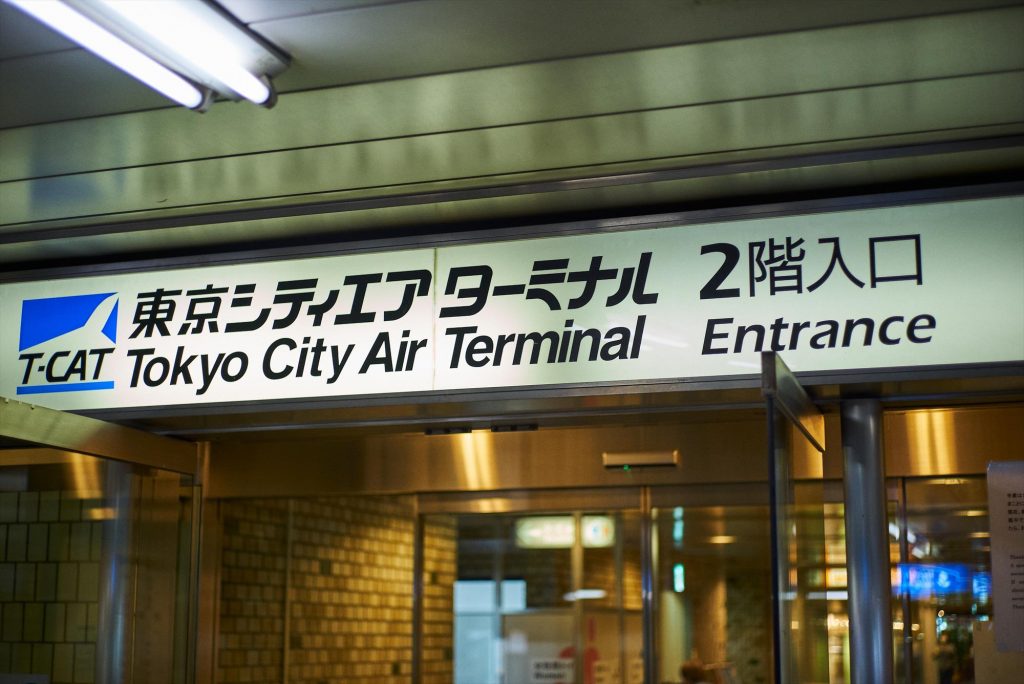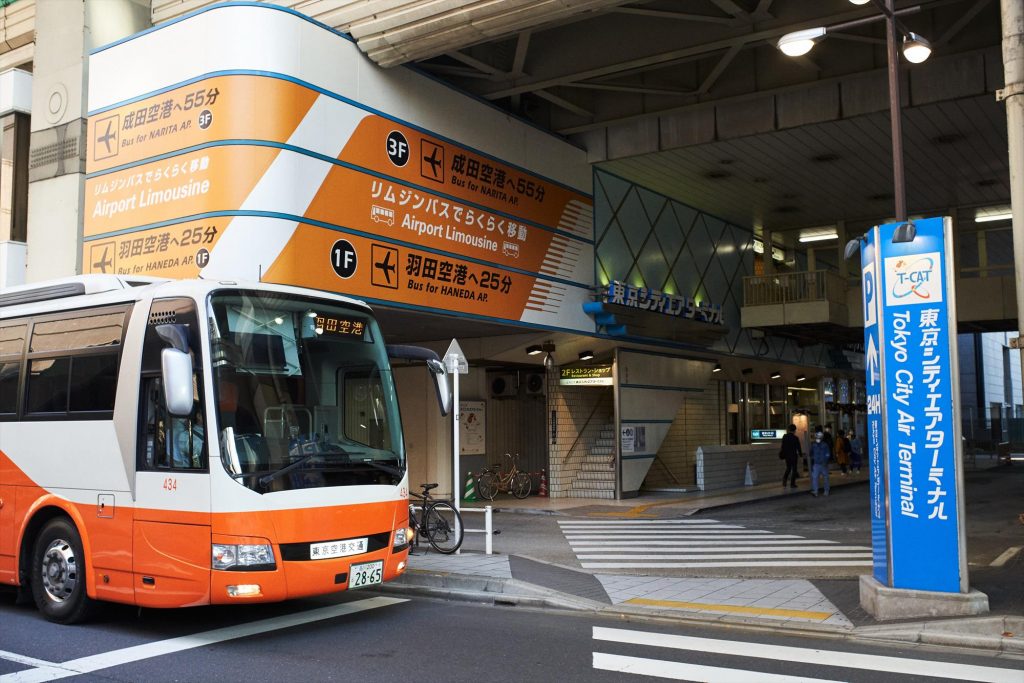20211221
Wednesday, November 17, 2021
In the fall of 1983, when I was three years old, I began living with my mother in an apartment in Shibuya Ward, Tokyo, where my father had settled down earlier.
My father and mother called it “Nihon,” which means Japan.
Looking back, I think I heard the word “Nihon” a lot more than other Japanese children – those who have Japanese parents or grandparents and who have lived in Japan since birth.
Of course, it was not “Nihon,” but “Lipun” or “Lieben,” both means Japan in Taiwanese or Chinese .
The fact that I grew up in a place that was “foreign” to my parents is now the basis of my thinking.
Although this is the “country” where I spent the most time in my life, I feel a strange hesitation in saying “return home,” while “entering” is too distant and doesn’t feel right at all.
In short, I have repeatedly “re-entered” the country where I grew up, using my passport from the country of my birth as identification.
When the words “home” and “homeland” come up, people in my situation tend to have to choose between several countries.
So, which country, after all, do you consider to be your home country?
At some point, I decided not to choose.
I will not fall into the trap of those who would have me choose. Let them know that I am free to choose not to choose. Or, that I have the freedom to choose both.
This suspension is my place in the world.
The last time I took the Tokyo monorail to Haneda Airport, as I gazed out the window, I felt that this scenery for me was directly connected to “Taiwan.”
Just as my father and mother used to refer to the places where I was usually located as “Nihon,” “Lipun,” and “Lieben,” Taiwan” and “Daiwan” were all places of celebration for me.
It was a place where not only my family but also my relatives from my father’s side and mother’s side all gathered to welcome me as a small child during the winter, spring, and sometimes summer vacations.
That was the sound of “Taiwan” to me.
The scenery from the monorail window is directly connected to that place. If so, then surely the limousine buses are also connected to Taiwan. No, before that, the terminal building itself, which used to be a bus depot.
In November 2021, at the age of 41, I visited the Tokyo City Air Terminal building. Although the tenants have all changed, I am quietly excited to see that the “structure” is exactly the same as it was nearly 30 years ago when I was here before boarding the airport bus with my family. Since the building itself remains intact, it is only natural that the structure is exactly the same.
Unless they have a purpose of arriving at or departing from Narita or Haneda airports, it is rare for people to come here on purpose.
Come to think of it, this is the first time for me to visit this building as a “destination.” I had looked in the building once before when I had some business in Suitengu. At that time, I did not know how to put my attachment to this building into words. I guess I hesitated to use the word “nostalgic” in such an bleak place.
However, just like the scenery seen from the monorail window, this place was an extension of Taiwan for me, a “nostalgic” place.
My parents and many Taiwanese uncles and aunts. Then my grandparents were still alive and well. I was a little girl who grew up in a foreign country and was becoming more and more like a Japanese person, and everyone was waiting for me. The Tokyo City Air Terminal was a “transit point” for me before the days of Celebration, which lasted only a few days each in a year.
But, to tell the truth, I feel some resistance to openly expressing my very personal “nostalgia” in this way. Of course, I am not advocating that such buildings should be preserved instead of demolished just because they hold memories (for me).
So, in the end, which one do you consider your hometown?
In an attempt to “compete” with those who are forcing me to make a either-or choice, almost without questioning the image that the words “hometown” and “nostalgia” bring with them, I might say that I sometimes feel a place like the “Tokyo City Air Terminal” is my “hometown.” It may be. And, in fact, I had a feeling of nostalgia while I was recalling with all my senses that I had been here.
I am always aware of approaching and departing at the same time, between two or more things: suspended, in-between, in transit, on the move ……

